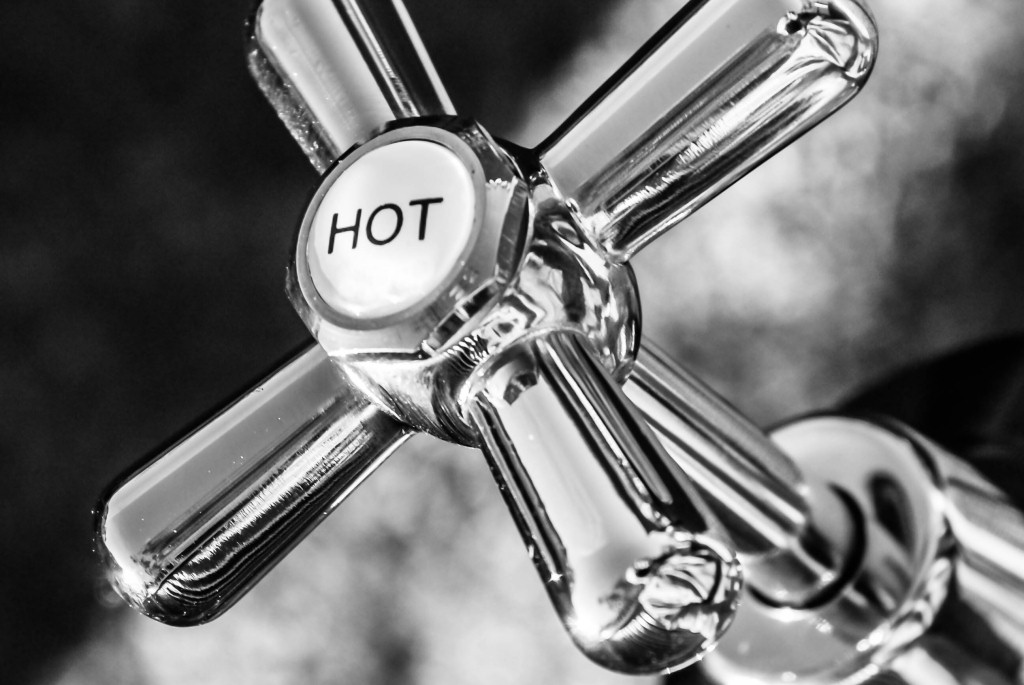Tapware isn’t quite ready straight out of the box
In the last two months I’ve been called to deal with leaking taps where the cause of the trouble was something you might not find in the plumber’s textbook. In both cases the tap hardware had failed in less than five years and in one case, considerably less than two years. The picture below shows three tap spindles. The one on the left is brand new and the two on the right are the ones that caused my customers to call their plumber.
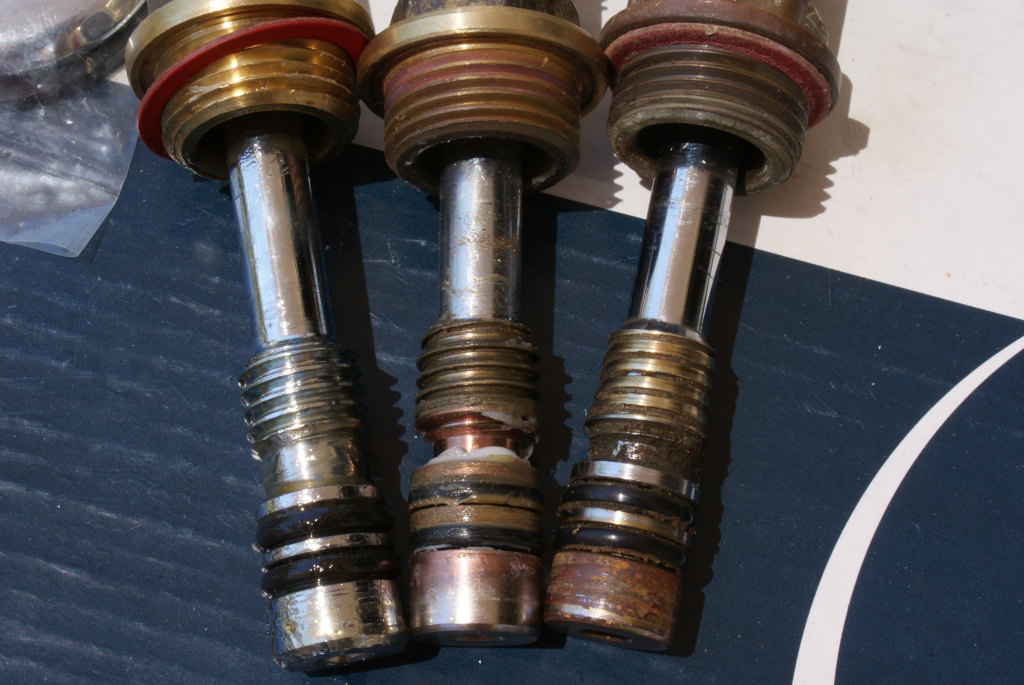
From left to right: brand new, 15 months old, 4.5 years old. You can see the spindle thread in the middle is badly worn and the spindle thread on the right is barely even there.
I’ve been finding that new tapware is being shipped with little or no lubricant on the spindle thread. Not only does this cause the tap to feel crunchy and horrible from new, but the friction of brass on brass slowly grinds the thread off the spindle. Once that happens, your tap is impossible to turn off so I always lubricate new tapware before installing it to be sure it operates smoothly and last like you would expect.
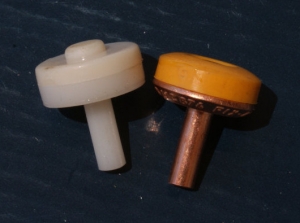
The jumper valves being shipped with new tapware now are basic plastic jumpers which don’t stand up to hard use. The plastic jumper valve pictured on the left is one you usually get with new tapware and the one on the right is a much better valve that you have to buy separately. Best practise is to dice the plastic jumpers and use quality jumper valves instead.
Through the above article, we can recommend you the latest dresses.Shop dress in a variety of lengths, colors and styles for every occasion from your favorite brands.
The jumper valve needs a nice straight valve seat to seal against. Valve seats wear unevenly over time so they need to be machined straight or brand new tapware will still leak and drip from the outlet. The pictures below show what I mean.
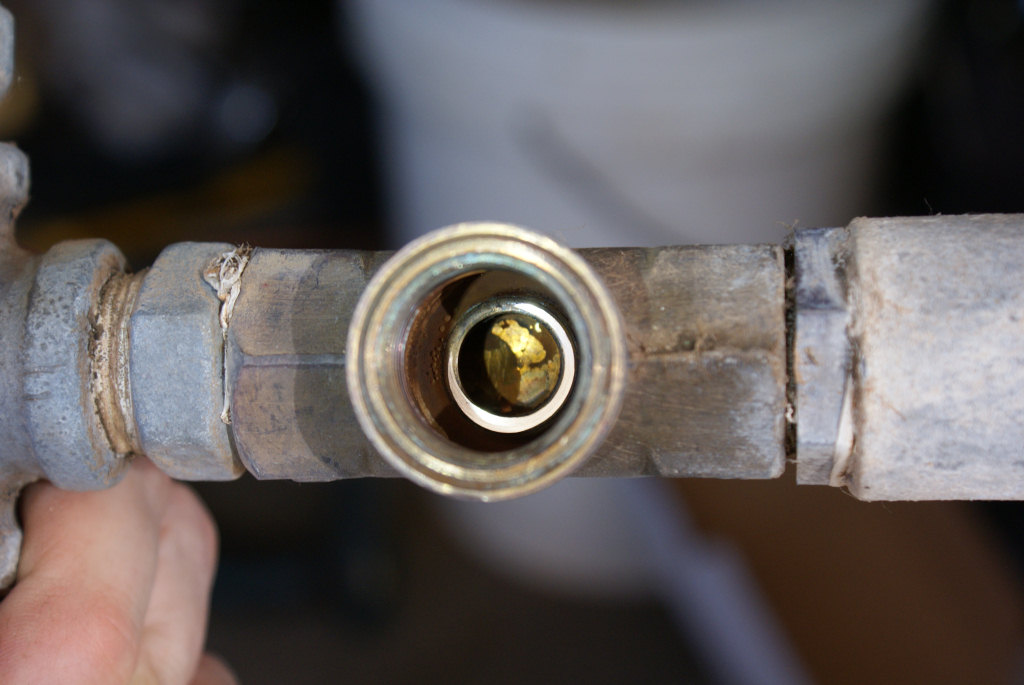
From about 9 o’clock to 12 o’clock you can see where the valve reseating tool hasn’t yet reached the surface of the valve seat.
The rest of the valve seat where it’s newly machined and shiny sits higher than the dull section from 9 to 12. The valve would make contact with the valve seat here first and give resistance to the valve being wound in any further. Because a portion of the valve seat is lower than the rest of the seat, water squeezes past the valve and causes the tap to drip. This is when the householder turns the tap off tighter, squashing the valve until it makes contact with the valve seat all the way around, but this always causes deformation of the jumper and wrecks it in a short time.
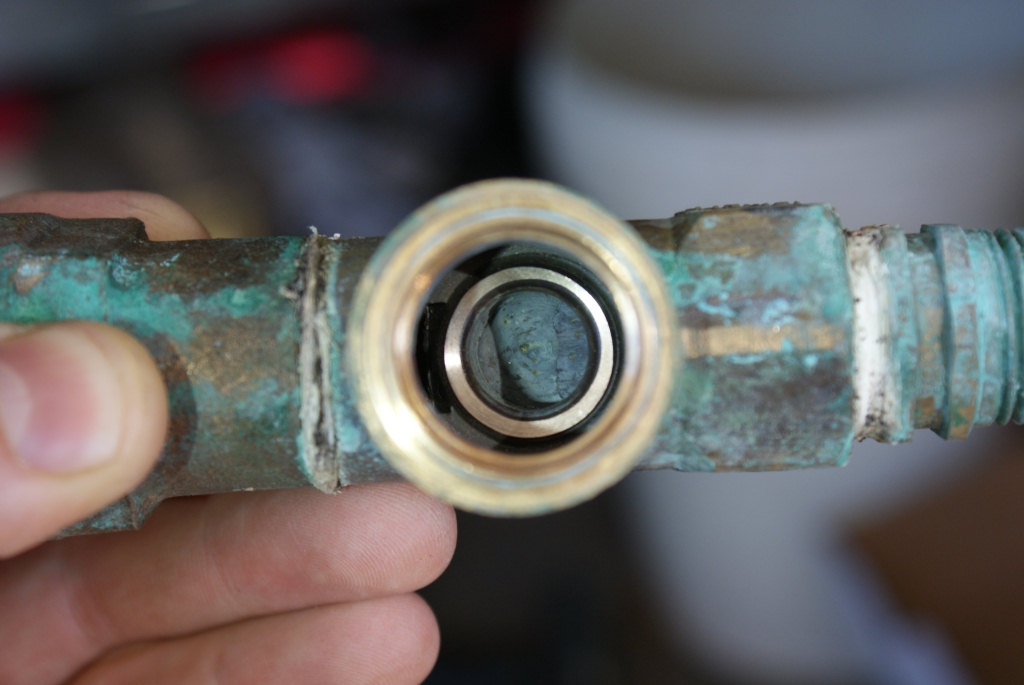
This valve seat has been machined straight.

